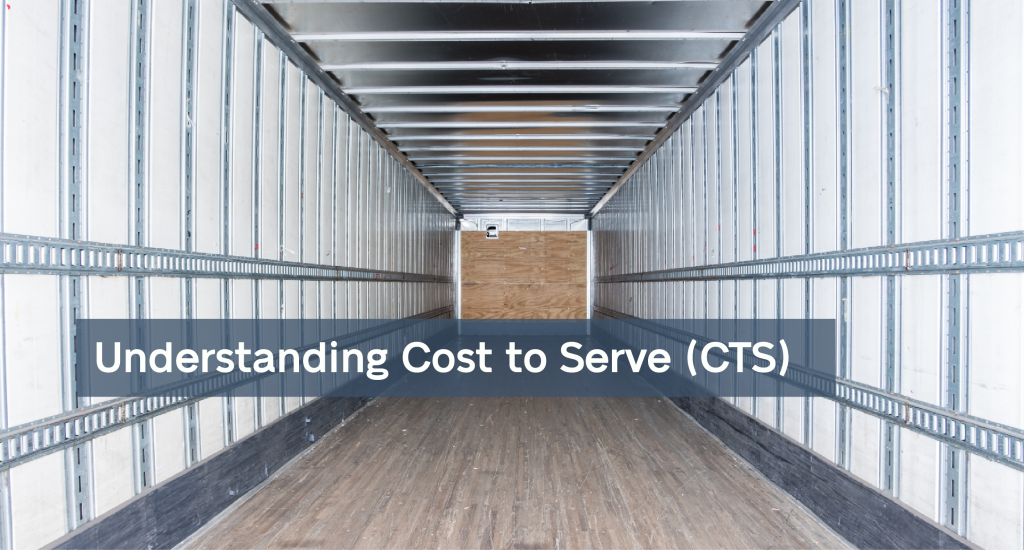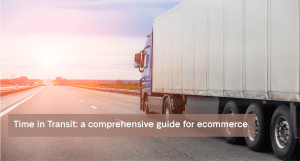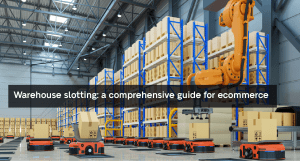Introduction
To understand the real value of customers to your business, it is crucial to know how much it costs to serve them. Many business owners think they are aware of these costs but often struggle to answer key questions such as:
Are your prices and service levels well aligned with costs?
Can you identify margins at the product level?
How do different regions impact your profitability?
Answering these questions with thorough awareness is very important to understand if you are generating revenue at your full potential and if you have your true expenses under control. There is indeed an underlying anxiety and fear surrounding the topic, so in this article we have decided to guide you through Cost to Serve (CTS) analysis and provide practical tips to understand the true cost of serving your customers.
Why is Cost to Serve analysis important?
Most business owners have a general sense of their sales and profits but are unaware of key aspects, like whether their largest customers are more or less expensive to serve compared to their smallest ones, how the cost of sales varies by region, or how to set pricing for different customer types. Gaining a deep and detailed level of understanding through a Cost to Serve (CTS) analysis is a gateway to new opportunities, because not only will supply chain managers better understand resource allocation, but marketing managers too will be able to drive growth in a smarter way. For example, after conducting a Cost-to Serve analysis, the business might see that there are margins to reduce road freight costs because these are too high for a specific customer segment. In this case, a solution could be to diversify shipping carriers, in order to leverage regional shipping discounts.
Your aim is to decrease your cost of service
As your business expands, your objective should be to decrease your cost of service. This can be achieved through 3PL partnerships, by streamlining processes, or leveraging technology. Here are some tips to get you started!
How to calculate and conduct a Cost to Serve analysis
As for all things, calculating and analysing Cost to Serve depends on the industry you operate in and your objectives. First of all, try to understand which resources you are using to support your existing customer base. Generally speaking, expenses are categorised in two types:
- Direct costs: these can be the cost of shipping, sourcing materials and staff.
- Indirect costs: These costs are not directly associated with serving a customer and therefore less traceable but still required to support customer relationships, like maintenance, rent, utilities, or software expenses.
The formula to calculate cost to serve is the following:
Cost to serve= Total cost of serve / number of customers
Cost to Serve analysis: a case study
To understand the relevance of conducting a Cost to Serve analysis, let’s look at it in the context of ecommerce. For an ecommerce business, typical costs of serving customers can include website and platform costs, product acquisition costs, logistics costs, sales and marketing costs, and customer service costs. Understanding the Cost to Serve could help prevent profit leakage and enhance operational efficiency. Let’s look at an ecommerce business that sells electronics accessories. We’ll highlight how a simple change can significantly improve profitability.
Warehouse observations
The product in focus here is smartphone cases, which are popular items frequently ordered individually by customers of the shop. The cost structure associated with shipping these cases individually reveals a series of inefficiencies. What are the cost implications of such shipping practices?
Breaking down the costs
Let’s say the express courier alone costs €7 per order, with warehouse handling costs adding another €5, this means each order has a total cost of €12.
These smartphone cases are being sold for just €5 per pair, leading to a clear loss of €7 per order.
The solution is simple
To address such issues, the business can introduce a simple strategy, namely offering free shipping for a minimum order quantity, for example if customers purchase three smartphone cases. This strategy spreads the fixed costs over several items, thus reducing the per-unit cost. Essentially, 2 cases get a free ride with each shipment.
Conclusion
For business owners it is extremely important to reflect on their supply chain operations and identify which processes are costing more than they should. After breaking down and conducting a Cost to Serve analysis of each step of serving customers, good news is there are always solutions that can be found and strategies to reduce per-unit-costs. This will improve profitability by aligning customer behaviour with more efficient processes.






